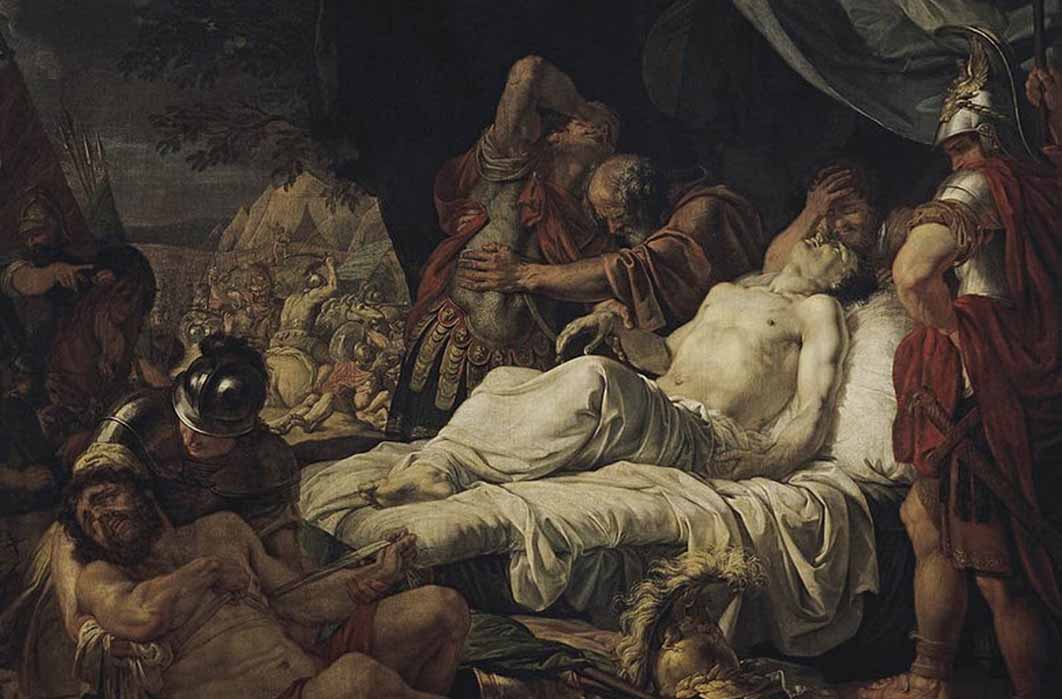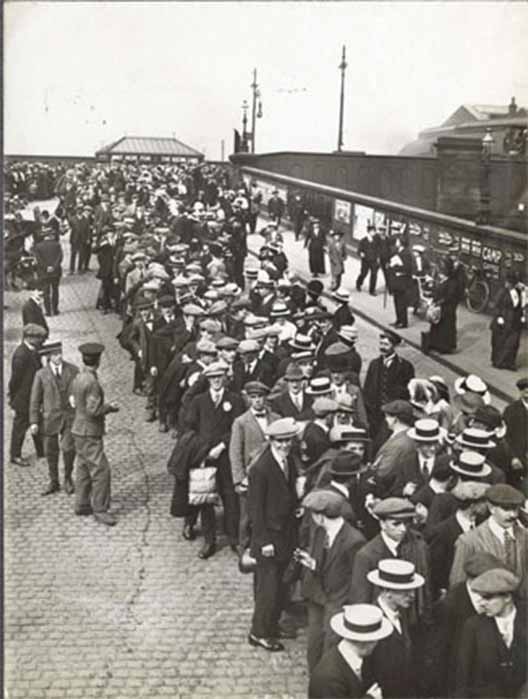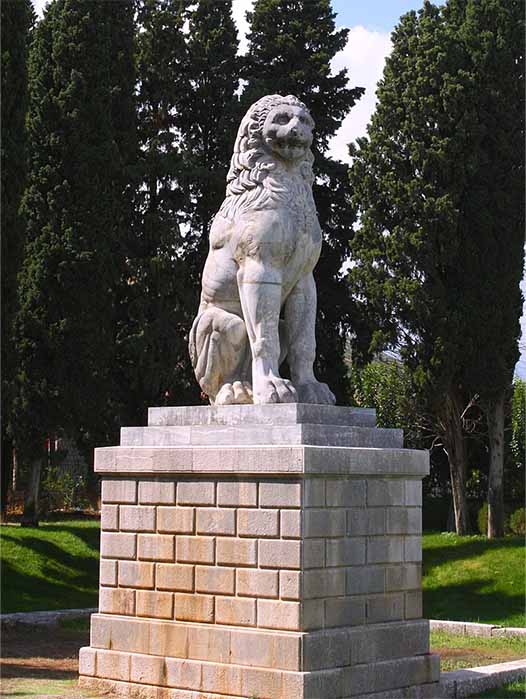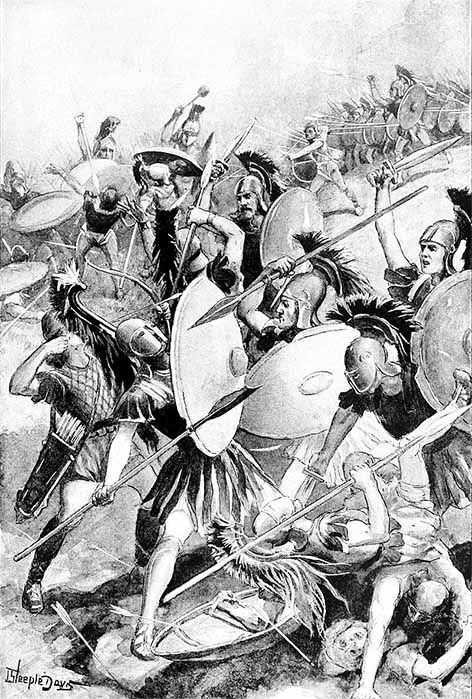
Fierce Warriors, Lovers in Arms: The Sacred Band Of Thebes
When World War I broke out, the British Army faced a significant challenge - their small professional army was insufficient for a global conflict. To win the war, they had little alternative apart from mobilizing manpower to its fullest extent. Later, General Sir Henry Rawlinson (1864 – 1925) suggested that men would be more inclined to enlist in the army if they understood that they were going to serve alongside their friends. This led to the concept of the “Pals Battalions”, where groups of men from the same city would join up together to serve alongside their peers. London stockbrokers were among the first to raise a battalion from their colleagues, which resulted in the formation of the “Stockbrokers’ Battalion” of the City of London on August 21, 1914. This patriotic fervor led to thousands of men volunteering for service in these new armies, and it was realized that local ties of affiliation could be harnessed for national gain.

"Pals" departing from Preston railway station, August 1914 (Public Domain)
Pals Battalions were subsequently raised in various cities, including Manchester, Leeds, Newcastle, Hull, Glasgow, Edinburgh, Birmingham, Bristol, Cambridge, and Cardiff. Although the first Pals Battalions began arriving on the Western Front from mid-1915, many did not see their first major action until the first day of the Battle of the Somme on July 1, 1916. Many of these battalions suffered heavy casualties, which had a significant impact on their communities. Conscription was then implemented in 1916, and the Pals Battalions' close-knit nature would never be recreated.

Lion of Chaenorea the monument stood at the edge of a quadrangular enclosure where the skeletons of 254 men laid out in seven rows were found buried within it. (CC BY-SA 3.0)
The Pals Battalions were far from being a new idea. Thousands of years prior, in the fourth century BC, King Philip II of Macedon erected a tribute at Chaeronea to commemorate the bravery of a battalion he conquered whose soldiers had ties to each other that were more intense and passionate. This memorial commemorates the Sacred Band of Thebes, marking the communal grave where they were buried. The Sacred Band of Thebes was an elite force of the Theban army consisting of 150 pairs of male lovers, and they played a crucial role in ending Spartan domination.
Backdrop of The Peloponnesian and Corinthian Wars
One of civilization's great paradoxes is that periods of great intellectual and political achievement are often accompanied by war and turmoil. The fourth century BC saw a period of political and military upheaval in ancient Greece, marked by the rise and fall of powerful city-states and the growing influence of Macedon, led by Philip II (382 – 336 BC), who rode on the aftermath of the Peloponnesian and Corinthian Wars.
The Peloponnesian War was fought between Athens and Sparta—the two most powerful city-states in ancient Greece at the time - from 431 BC and ended only in 405 BC. Between 432 and 424 BC, the Spartans and their allies regularly invaded Attica and were in turn attacked by the Athenians by sea. From 418 to 410 BC, the Athenians tried and failed to conquer Sicily, but they held their own in the Aegean Sea.





